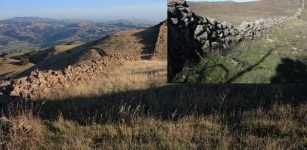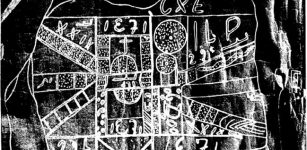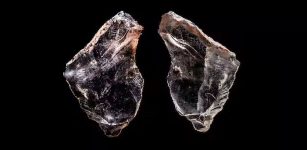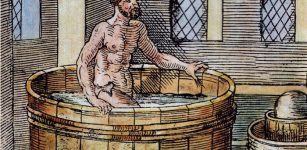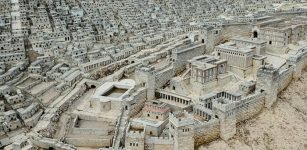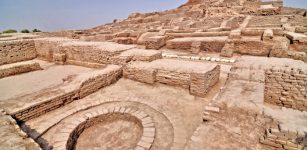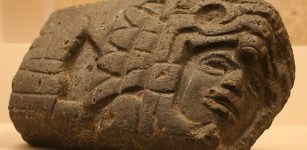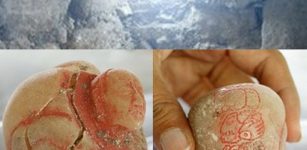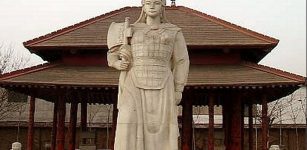Rare Ancient Roman Cauldron Discovered In Central Norway
Conny Waters - AncientPages.com - It’s not every day archaeologists have the opportunity to unearth ancient objects in central Norway.
Scientists report sometime around 150-300 CE a person died at the place now called Gylland in the Gaula River valley, in southern Trøndelag county. After the body was cremated, the remains were laid in a bronze vessel. This was then covered or wrapped in birch bark before being buried under several hundred kilos of stone.
The bowl is now being examined in more detail at NTNU’s conservation laboratory. Photo: Åge Hojem, NTNU University Museum
Now archaeologists from the NTNU University Museum lifted a stone slab and almost lost their breath from excitement when they saw what lay below it.
See also:
Radar Discovery Of Ship-Shaped Anomaly Could Be Rare Viking Burial In Norway
Ausevik Rock Art: Real And Mythical World Of Stone Age People Of Norway
“We’d gone over the spot with the metal detector, and so we knew that there was something under one of the stone slabs in the burial cairn,” says archaeologist Ellen Grav Ellingsen, who filmed the discovery with her mobile phone when the rock was lifted away.
“When I saw what was lying there, my hands got so shaky that I could hardly film. This is a find an archaeologist is lucky to experience once in their career!” says Ellingsen.
“The cauldron from Gylland belongs to a type of bronze vessel that goes by the name østlandskjele. The name is related to the fact that many vessels of this type are found in graves in Eastern Norway.
NTNU University Museum
This kind of vessel was manufactured in Italy or in the Roman provinces of the Rhine region, and came to Scandinavia as a result of either trade or an exchange of gifts. The vessels were mass produced and possibly intended for export to the Scandinavian area. In Scandinavia they often ended up as burial urns.
Although they were mass produced, this bowl is a rare find,” Norwegian SciTech News reports.
“The last find of a bronze bowl in central Norway was in the 1960s. Nationally, we know of about 50 vessels of this particular type,” says Moe Henriksen, an archaeologist and the project manager for the excavation in Gylland.
Imported goods like bronze vessels and glass jugs were reserved for society’s upper classes. The discovery in Gylland testifies to the power and prosperity in this region in Roman times.
“The bowl is now being examined more closely in NTNU’s conservation laboratory. An x-ray of the vessel shows that it doesn’t contain any metal objects,” says Moe Henriksen.
“But the remains of organic material, like combs and bone needles, may still be hidden in the soil inside the bowl. In the next few weeks we should know whether other objects accompanied the deceased into the grave,” she adds.
Written by Conny Waters - AncientPages.com Staff Writer



